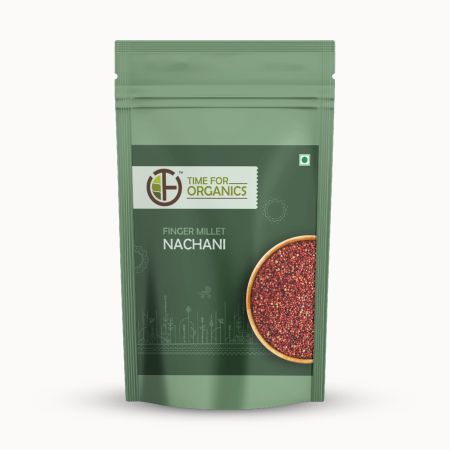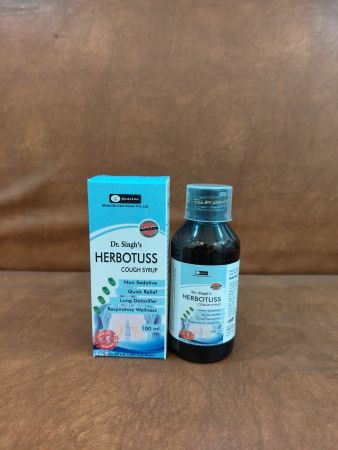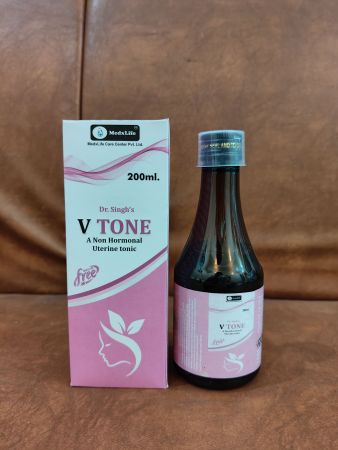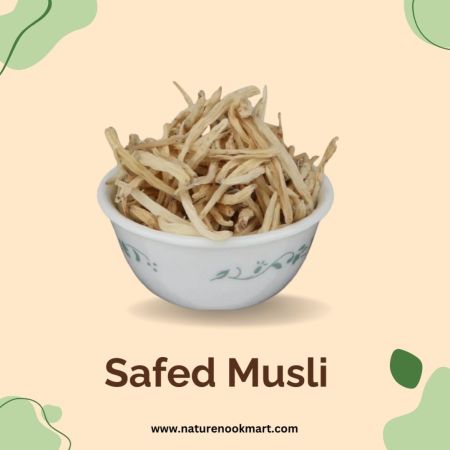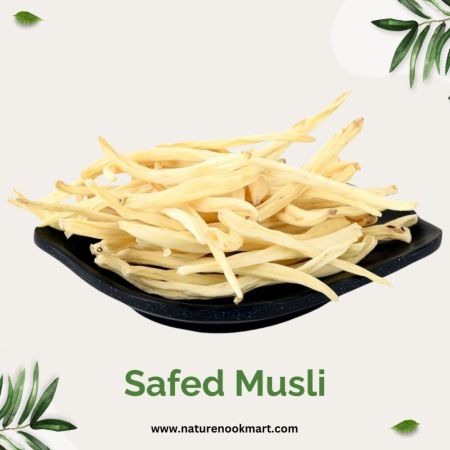|
Lavender is a fragrant flowering plant from the mint family, native to the Mediterranean region but now widely cultivated around the world. Known for its calming, soothing properties and beautiful purple flowers, raw lavender is used in a variety of culinary, medicinal, and aromatic applications. Lavender has been cherished for centuries in both traditional and modern herbal medicine for its ability to reduce stress, promote relaxation, and offer a range of therapeutic benefits.
Botanical Characteristics:
Lavender is a woody, perennial herb that typically grows 30–60 cm (1–2 feet) tall. It has narrow, silvery-green leaves and tall, spikes of small, purple or violet flowers that have a distinct, sweet, floral aroma. The plant is often found in gardens, herb farms, and wild areas with well-drained, alkaline soil and full sunlight. The fresh flowers, leaves, and stems of lavender are the most commonly used parts for medicinal and aromatic purposes.
Health Benefits of Raw Lavender:
Lavender is rich in essential oils, flavonoids, and antioxidants that provide numerous health benefits, particularly for mental and emotional well-being:
Stress Relief and Relaxation:
Lavender is well-known for its ability to promote relaxation, reduce anxiety, and alleviate stress.
It has sedative properties that can improve sleep quality and help treat insomnia by calming the nervous system.
Antioxidant and Anti-inflammatory Properties:
Lavender contains antioxidants that protect cells from oxidative stress and support overall health.
Its anti-inflammatory effects help soothe sore muscles, joint pain, and inflammation.
Digestive Health:
Lavender aids digestion by reducing bloating, gas, and indigestion.
It can also help relieve nausea and promote appetite.
Skin Health:
Lavender has antimicrobial properties, making it effective for treating minor burns, cuts, and insect bites.
It is also used in the treatment of acne, eczema, and other skin irritations due to its soothing and anti-inflammatory effects.
Pain Relief:
Lavender’s analgesic properties help reduce headaches, migraines, and muscle aches.
It can be used topically or through aromatherapy to relieve pain from tension and stress.
Respiratory Health:
Lavender helps alleviate symptoms of colds, coughs, and respiratory congestion by clearing airways and soothing the throat.
It is often used in steam inhalations to help treat sinus problems and respiratory issues.
Culinary and Medicinal Uses of Raw Lavender:
Raw Flowers and Leaves: Fresh lavender flowers can be used as a garnish in dishes, infused into drinks, or added to salads. The leaves are milder in flavor and can be used in cooking or for infusions.
Lavender Tea: Steeping raw lavender flowers in hot water creates a soothing herbal tea with a floral, aromatic taste.
Lavender Oil and Extracts: The essential oil extracted from lavender flowers can be used in aromatherapy or for topical application.
Topical Application: Crushed lavender leaves and flowers can be applied directly to the skin to relieve burns, acne, or other irritations.
Cultural and Historical Significance:
Lavender has been used for centuries in various cultures for its therapeutic, cosmetic, and spiritual properties. In ancient Egypt, it was used in perfumes and mummification processes. The ancient Romans also valued lavender for its medicinal uses, including as a bath additive for relaxation and cleanliness. Today, lavender remains a popular herb in aromatherapy, essential oils, and herbal remedies.
Nutritional Composition of Raw Lavender:
Vitamins: Contains Vitamin A, Vitamin C, and small amounts of B vitamins.
Minerals: High in calcium, iron, and magnesium.
Bioactive Compounds: Linalool, linalyl acetate, flavonoids, tannins, and essential oils.
Calories: Low in calories, with high fiber content.
Environmental Role and Cultivation:
Lavender thrives in well-drained, sandy or gravelly soil and prefers full sunlight. It is highly drought-tolerant and attracts pollinators like bees and butterflies, making it an excellent plant for pollinator-friendly gardens. Lavender is a sustainable plant that requires little water once established, making it ideal for low-maintenance gardens.
|






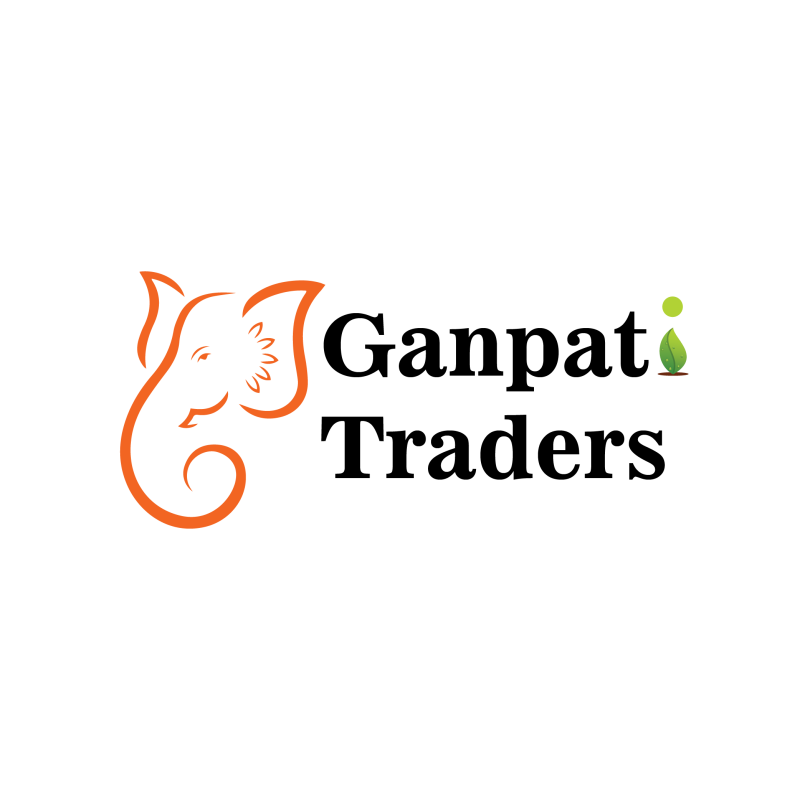

.jpg)
